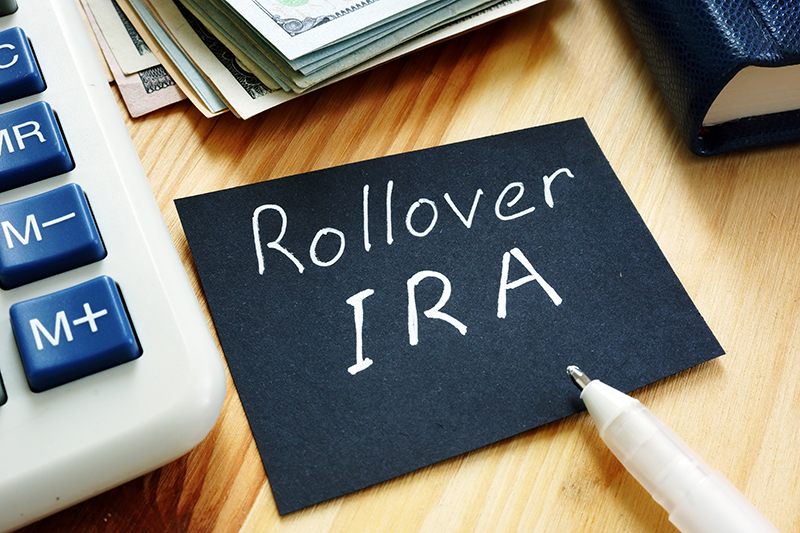The One IRA Rollover Per Year Rule: What You Need to Know
November, 10 2014 by Karen Reed, EA
Earlier this year, in response to the Tax Court’s ruling in Bobrow v. Commissioner, the IRS announced that it is changing its interpretation of the way the one year limitation rule (Internal Revenue Code section 408(d)(3)(B)) applies to rollovers to match the IRC and Tax Court’s interpretations. Today, the agency issued additional guidance clarifying the “fresh start” it will allow owners of multiple IRAs in 2015.
Here’s what you need to know:
- You are allowed to do only one IRA “rollover” within any one-year period, regardless of how many IRAs you own.
- “Rollover” in this context means an “indirect” or “60-day” rollover, wherein funds are withdrawn from one IRA account and moved to another, tax-free, within 60 days of the withdrawal.
- The rule does not apply to Roth conversions, trustee-to-trustee transfers, or direct IRA to IRA rollovers in which you have no access to the funds. There is no limitation on how many of these you are allowed to do.
- When you do a rollover from any one of your IRAs (traditional or Roth), and then do another IRA “rollover” within a twelve-month period, any previously untaxed funds distributed from the second IRA must be included in your taxable income and may be subject to the 10% early distribution penalty.
- The IRS will enforce the new interpretation of the rule beginning January 1, 2015. The new guidance states that any IRA rollovers that you complete during 2014 will not impact distributions and rollovers on your other IRAs during 2015. This is what they mean by “fresh start.”
Previously, the IRS interpreted the limitation to mean that a taxpayer could do one rollover per year per IRA. Publication 590, Individual Retirement Arrangements, has not yet been updated to reflect the new rule.





